Everything You Need To Know
About Handmade Butcher Knife
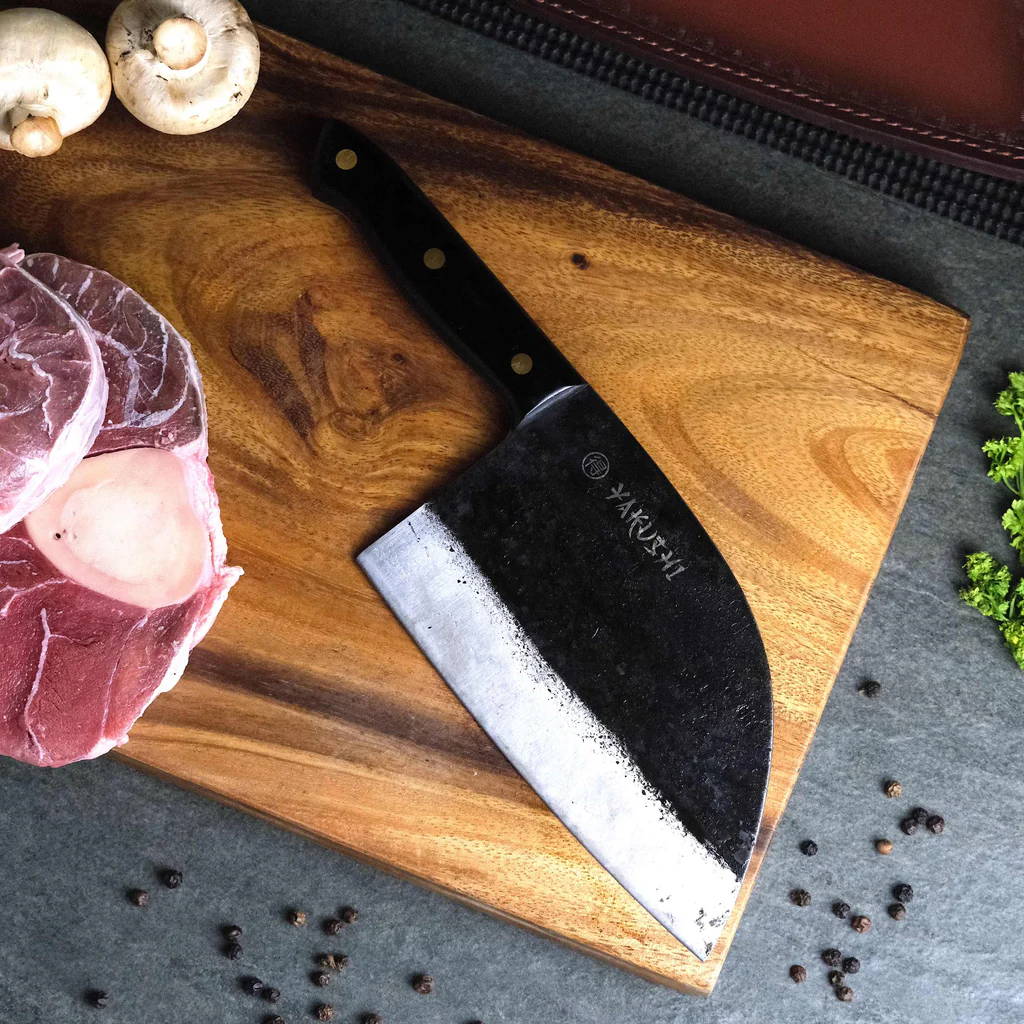
Handmade Butcher Knives Origin & Evolution
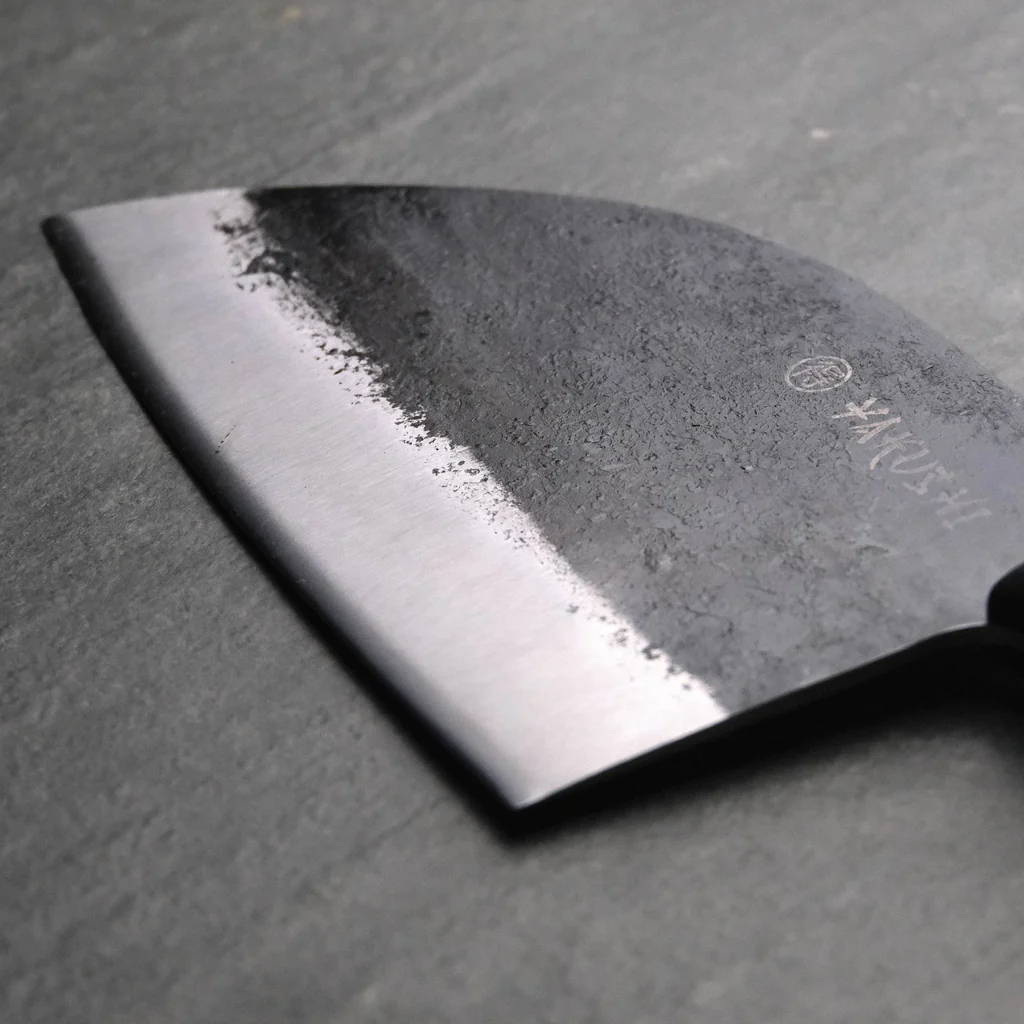
Types of Handmade Butcher Knives
Different types of Traditional-style butcher knives
-
Traditional Butcher Knife: This one looks like a super-sized chef's knife with a curved belly. It's got a wide, thick, and sharp blade that might have a serrated edge. The serrations help keep raw meat from sticking, so you can work faster.
-
Meat Cleaver: This is a heavy-duty tool with a thick, rectangular blade made for chopping down straight through meat and bones. It's perfect for breaking down an animal carcass into smaller pieces.
-
Boning Knife: This one has a short, pointed blade that's great for separating meat from bones. It's flexible, so it can easily slide between joints and connective tissue without wasting any meat.
-
Carving Knife: A long, slender knife with a sharp point. It's used for slicing cooked meats and poultry into neat, even pieces.
- Fillet Knife: This knife has a short, thin, and curved blade, perfect for removing fillets of fish from the bones without wasting any meat.
Different types of Japanese-style butcher knives
-
Petty Knife: A medium-sized knife with a tapered blade that's great for detail work. It can handle smaller butchery tasks like trimming steaks or breaking down poultry.
-
Honesuki Knife: This is Japan's version of a boning knife, with a triangular blade and a downward-angled tip. It's perfect for breaking down whole poultry into portions.
-
Hankotsu Knife: Another small knife with a thick, sturdy blade. It's great for separating meat from bones and butchering smaller carcasses.
- Deba Knife: Like the Western fillet knife, this one is used for filleting fish. It has a triangular profile and tapers to a sharp point, making it ideal for slicing through fish with precision.
Uses of Handmade Butcher Knives
Trimming and preparing cuts of meat
Chopping and dicing vegetables and herbs
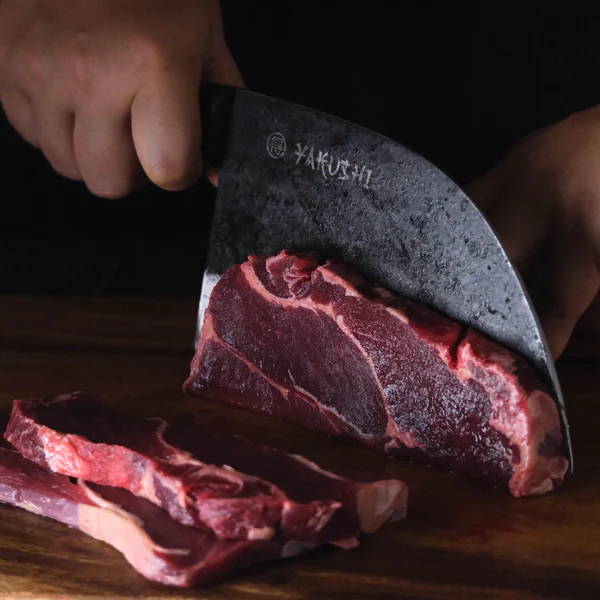
Crushing garlic and other herbs
Utility purposes
- Cutting ropes or branches during camping trips.
- Preparing and cutting meat for barbecues or outdoor cooking.
- Slicing through tough or fibrous outdoor plants or vegetation.
- Processing fish or game after a successful hunting or fishing trip.
- As a versatile tool for general outdoor activities and survival situations.
- Trimming and preparing firewood for campfires.
- Cutting and preparing fruits and vegetables for outdoor meals or picnics.

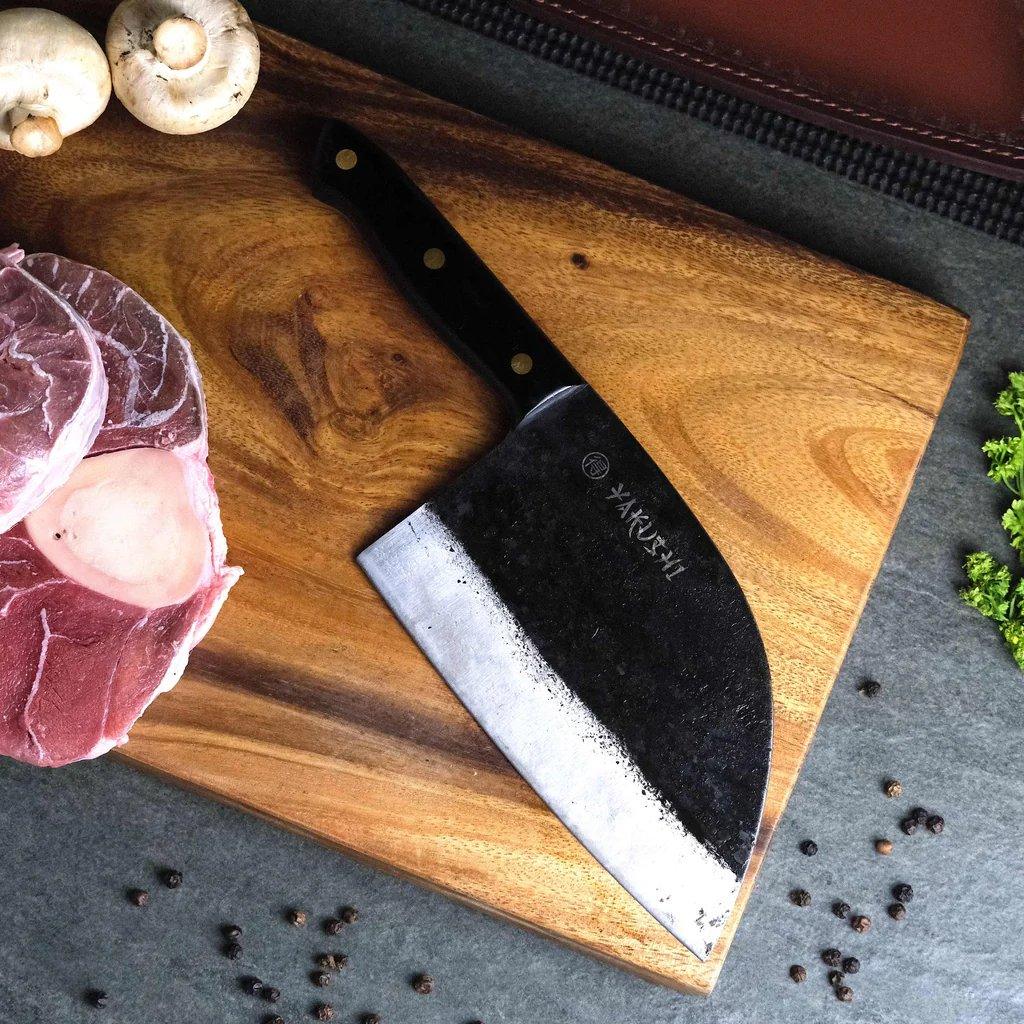
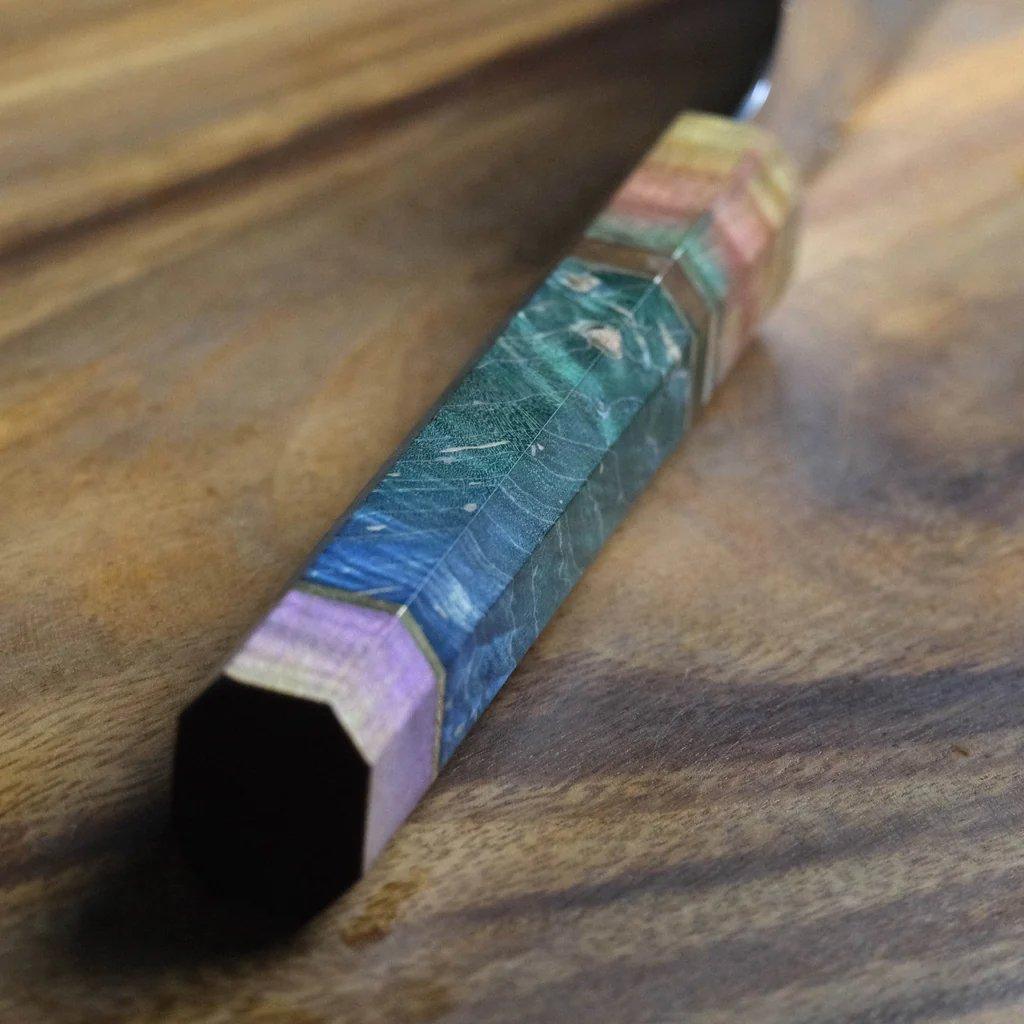
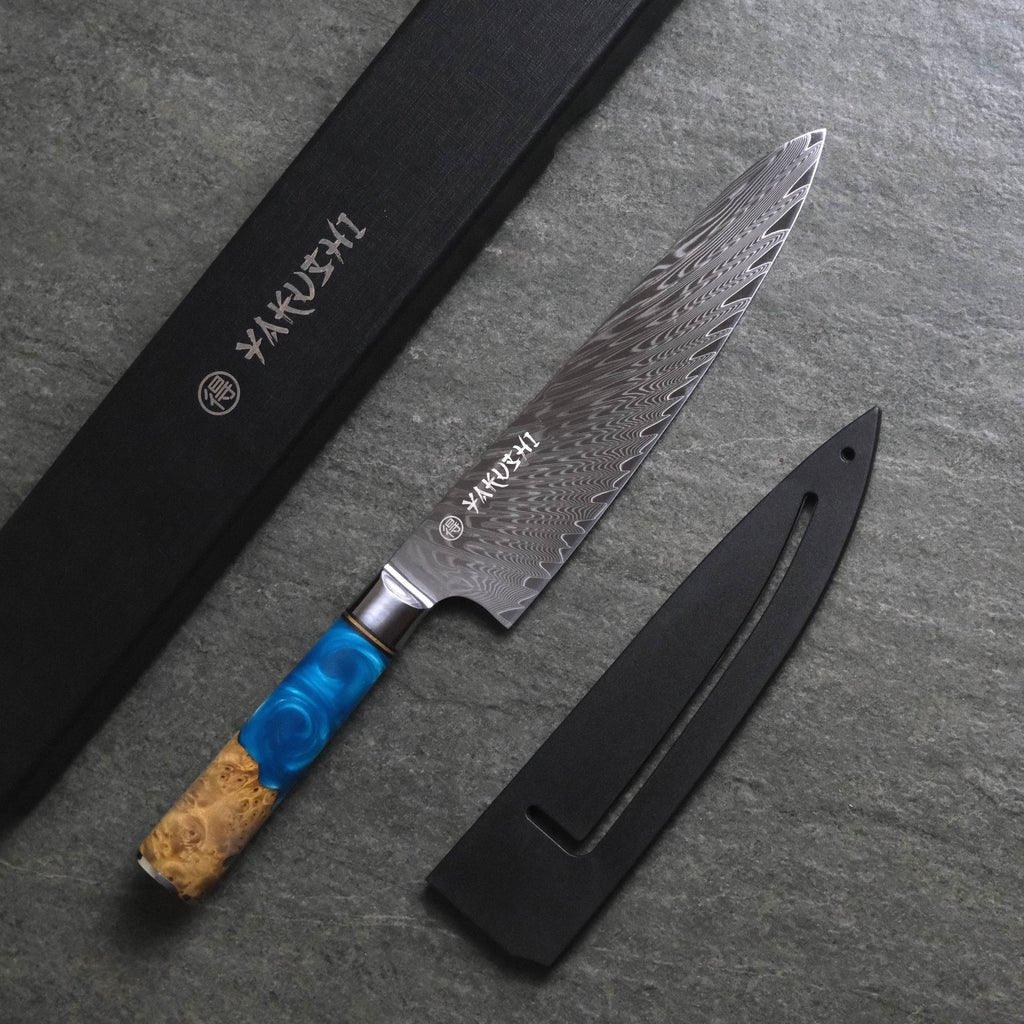
Leave a comment
This site is protected by hCaptcha and the hCaptcha Privacy Policy and Terms of Service apply.